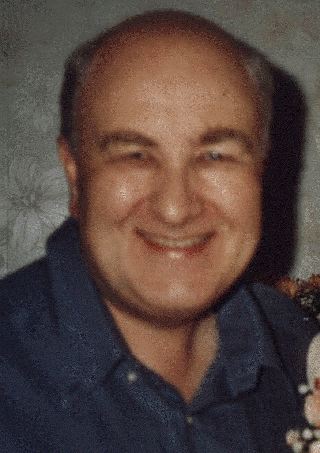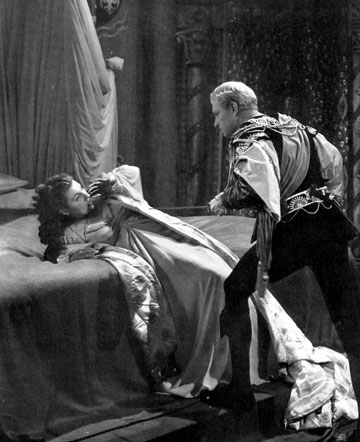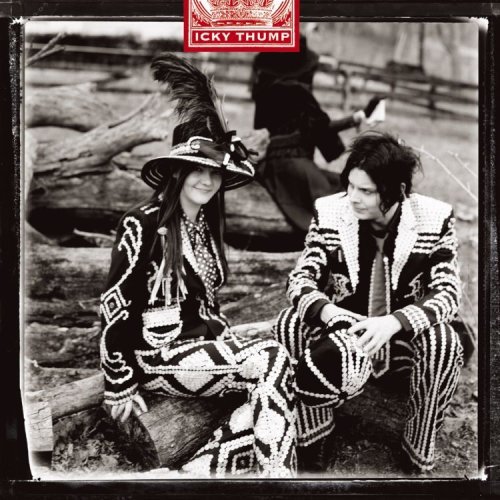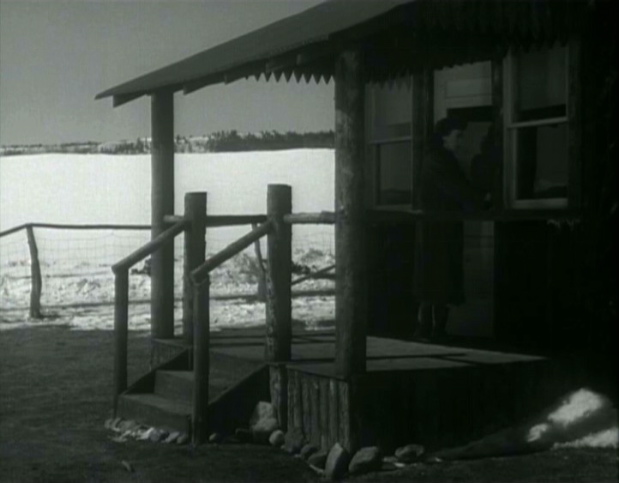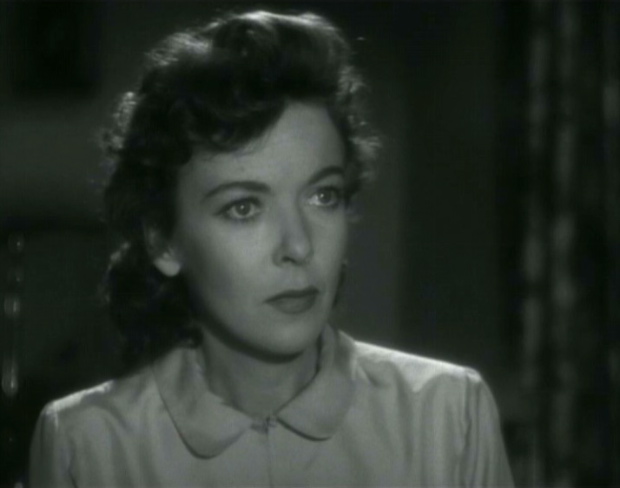“What we all dread most,” said G. K. Chesterton’s detective priest Father Brown, “is a maze with no centre.”
The mood of existential dread that gripped the American psyche in the wake
of WWII was largely unconscious, and so it expressed itself in
irrational ways — in the hysteria of the Communist witch hunts, for
example, and in the mythology of the film noir,
which characteristically sent an impotent man into the heart of a
nightmarish moral labyrinth from which there was no escape.
There was a variant on the classic noir paradigm which sent a cop or a government agent into that same dark underworld, but he was armed with the positive values of the official
culture and backed by its official institutions — he not only escaped from the labyrinth, he straightened it out, brought it into the light and broke its evil spell.
The first film of this kind, and a model for all the rest, was The House On 92nd Street
from 1945, an F. B. I. procedural about the uncovering of a Nazi spy
ring operating inside the U. S. during WWII. It had a
quasi-documentry approach and was obviously designed to reassure
Americans that their government had the issue of existential dread well
in hand. It’s a taut, entertaining thriller, with fascinating
location photography, but its celebration of the F. B. I.’s
omnipotence and infallibility couldn’t, even at the time, have been a
profound assurance to people who felt that something had gone terribly
awry with the world — something that the Allied victory in the war
hadn’t really set right.
This feeling was addressed but not answered in genuine film noir,
which is what gave the form its power — turned its image of the urban
labyrinth into an enduring variation on an ancient myth.
Interestingly, the terrifying image of the maze with no center, and no
exit once entered, can also be found I believe in the best films of
Frank Tashlin — all comedies.

In The Girl Can’t Help It and Will Success Spoil Rock Hunter?,
Tashlin offers a satire of post-war American culture which also has no
center and no exit point. These movies mock modern media from within the
modern medium of film, which is itself mocked, deconstructed, leaving us
with no reliable perspective from which to judge any of their judgments.
They savage the modern rat race but also savage anyone who tries to
escape it. In Tashlin’s vision, as in film noir, American culture is a maze which can’t be navigated, in which every passage circles back on itself.

In Will Success Spoil Rock Hunter?,
for example, Tashlin attacks modern advertising and product placement
on television, then proceeds to plug his own earlier film The Girl Can’t Help It
within the new one. Tashlin’s films are funny but deeply
disturbing. Their vision of America is profound and just as noir as the dark streets of the great films noirs. The fact that Tashlin’s darkness is rendered in garish, overheated
Color by Deluxe is just one more of the radically disorienting ironies
of his method.
[For more on The Girl Can’t Help It, go here. The image of the labyrinth in film noir is discussed helpfully in Nicholas Christopher’s book Somewhere In the Night.]


